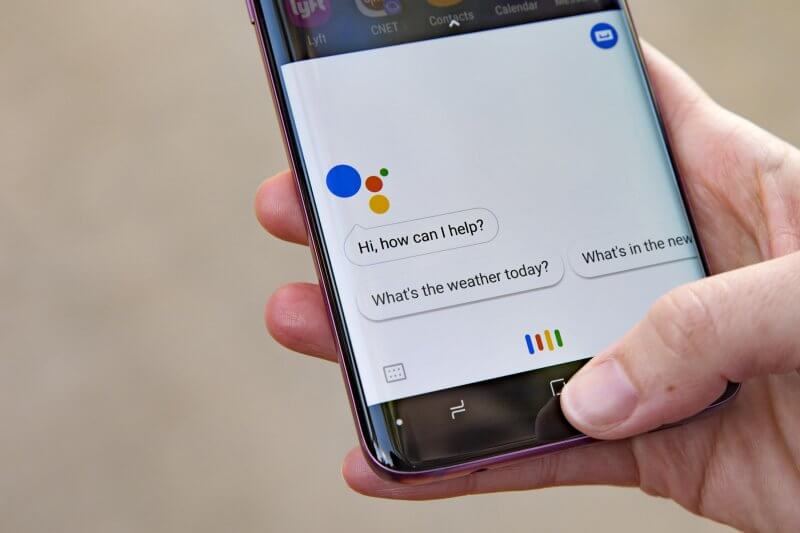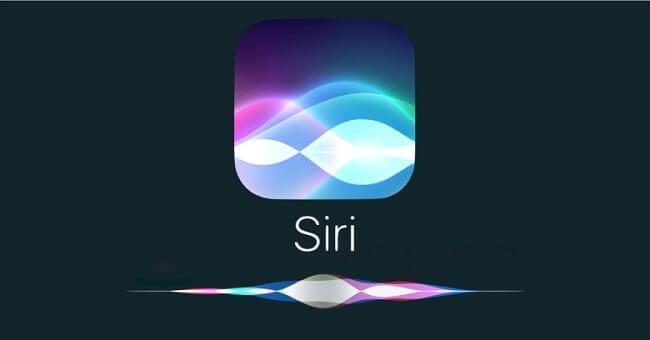AI-driven voice assistants are becoming increasingly popular. Experts estimate that by the end of 2020 there will be 21,4 million active smart speakers in the US alone. And demand is expected to increase in the coming years.
AI-powered voice assistants are becoming part of our daily lives as well as changing the economy. Relying on these devices to make Google searches so pervasive, for example, that businesses are starting to allot resources to voice assistants and natural language processing is becoming more sophisticated. to the extent that some businesses are relying on them for critical parts of the marketing and sales process.
Note: E-Commerce Business Document Translation
In August 8, Google Assistant started supporting bilingual use. Previously, a multilingual user could not switch between languages when communicating with their help. Therefore, the user has to navigate to the device's settings and switch the language.
You can now set up Google Assistant to understand two languages easily. Furthermore, the Google AI team is working towards a product that is fluent in three languages at the same time. However, to understand how a device like Google Assistant becomes multilingual, we need to understand how the machine processes language.
Behind every voice assistant is complex and exciting technology. The companies behind these devices must teach them to both produce and recognize speech such as speaking, listening, understanding, and providing relevant feedback. This effort becomes especially complicated when we consider foreign or multilingual users.
In this article, we'll explore how assistants are trained to communicate with us in their own language and what role voiceover services play in creating a fully multilingual product. function.
Processing Linguistic Data Is Harder Than You Think
Note: Is a Translation Degree Really Necessary
Natural language processing is a topic in artificial intelligence aimed at developing hardware and software that can process linguistic data. Teaching a computer to speak is quite complicated work. While any personal computer in 2008 can handle large amounts of structured data, computers are less equipped to handle unstructured data. Furthermore, linguistic information is unstructured data. The nature of language and its spontaneity, contextual nuances and aesthetic aspects bring about a whole new complexity.
When we teach computers to process language, we are faced with three great difficulties: Our human language has to do with how computers work, the nature of our language is nuance and depends on endless variables, and a growing but still very limited understanding of how our brains work in relation to language.
How AI Assistant Works
Ask Siri what the weather will be like tomorrow. Your phone will capture the audio and convert it to text, so it can be processed. Then, through natural language processing software, your phone tries to decipher the meaning of the word.
If your command is structured as a question, the software will identify semantic cues that indicate you asked a question. “weather” and “tomorrow” will be sent to the software about the content of the question. It will then conduct research on your behalf and communicate the results by turning them into sound.
Let's focus on two parts of this process: Initial input and output. How does Siri understand what we say and how does Siri communicate with us in our own language?
Note: 12 Lessons From The Deeply Hello World Conference
Multilingual Commands: Signs and Phonemes
In 2011, when Siri was first released, it faced a lot of backlash. Some consider the entire experience to be unsatisfactory. Others specifically complained about the assistant not being able to understand their accent. That's due to a lack of diversity in the material used to train the neural networks that Siri relies on.
Basic NLP software has learned to deal with language through audio and text input. If we only use speech samples from local people, with a certain accent (or purposeful voice neutrality), the software will not understand rarer or regional voice samples. That's why a number of companies in this field started looking for voiceover service, Professional translation service can provide a variety of command patterns.
Note: Cheap English Notarized Translation
However, “voice artists” are not only concerned with providing data to train neural networks. They also provide tools like phonemes for talking. Phoneme is the smallest possible linguistic unit of sound. We speak by combining phonemes. As Marco Tabini from MacWorld explained in 2013:
"When asked to convert a sentence into speech, the synthesis engine first looks for a predefined input in its database. If it can't find it, it tries to understand the meaning of the input language nature, to assign suitable intonation to all words. Next, it will split into combinations of phonemes and find the most suitable candidate sounds in the database. “Voice artists” are key players in natural language processing, providing the material to refine our software’s understanding of our language and giving voice to our assistants. WHO.
You are viewing the article The Importance Of AI In Translation. Hope your writing has helped you gain more useful knowledge. If you have translation needs, please contact Idichthuat to get the best support.
Contact us today for the fastest service quote and consultation.
| ✔️ See more related information: | 👉 Reliable, Cheap, Professional Swedish Translation Chuyên |
| 👉 The Most Professional Electronic Translation | |
| 👉 Quick Translation of Seafood Documents | |

Nguyen Trung Khang - Talented interpreter and translator, passionate about translation
Nguyen Trung Khang is a talented interpreter and translator, with many years of experience in the field of translation and linguistics. He graduated from Ho Chi Minh City University of Education, majoring in Linguistics in 2015.
After graduating, Mr. Khang participated in a professional interpretation and interpretation training course at the University of Foreign Languages - Hanoi National University. He achieved a high-level certificate in interpreting and interpreting, and was also awarded a master's degree in linguistics.


